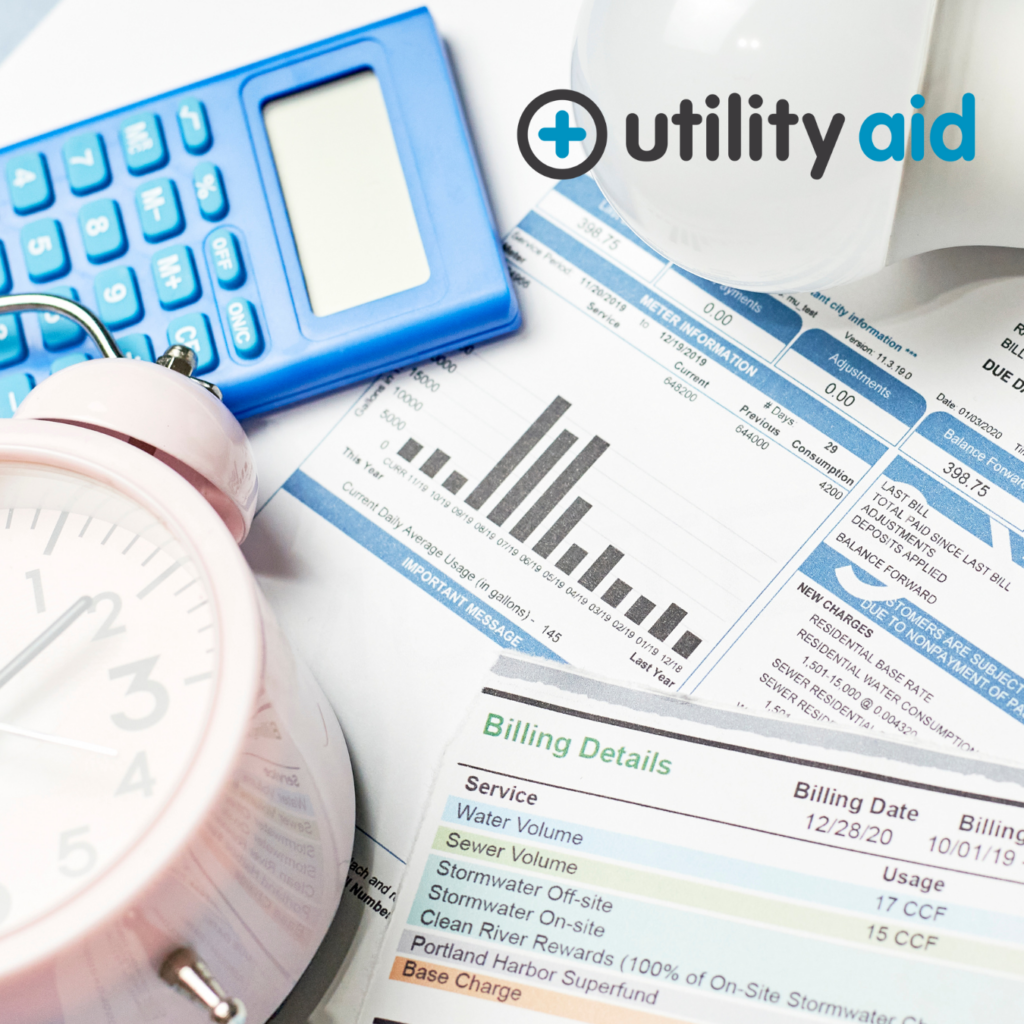With rising energy costs and an urgent push toward sustainability, now is a pivotal time for organisations to rethink their energy strategies. Emily Berry, Partnership Manager at Utility Aid shares some practical steps and insights to help you make a meaningful impact on your energy bills and carbon footprint.
Know Your Bills, Control Your Costs
The first step in controlling energy expenses is understanding your bills. Did you know that nearly 20% of utility bills contain errors? Often, these inaccuracies stem from estimated readings or VAT and Climate Change Levy (CCL) mischarges. If you’re not using a smart meter, be sure to submit regular meter readings to avoid overcharges. When reviewing bills, check for indicators like “E” for estimates, “A” for actual readings, and “C” for customer readings to confirm accuracy. It’s a simple habit that can save you from unnecessary costs.
Create a Culture of Energy Saving
Reducing energy use isn’t just about adjusting thermostats or turning off lights—it’s about building an organisation-wide culture. Here are a few ways to create lasting change:
- Engage Everyone: When everyone knows the “why” behind energy savings, they’re more likely to help. Consider appointing an “Energy Champion” who can encourage positive habits across the organisation. This role isn’t about policing; it’s about fostering a shared responsibility.
- Watch Out for Phantom Energy: Phantom energy, or “ghost” energy, refers to power drawn by devices left plugged in when not in active use. This hidden consumption can add up. Try connecting devices to power strips, making it easy to shut off unused equipment completely.
- Temperature Control: HVAC costs can account for up to 60% of your total energy spend. Agreeing on a comfortable yet conservative temperature range helps reduce the demand on heating and cooling. For example, the Energy Saving Trust recommends maintaining temperatures between 18-21°C in winter.
- Install Automated Meter Reading (AMR) Devices: AMR devices go beyond traditional smart meters by providing real-time data during and outside of operational hours. This data can reveal unexpected usage patterns, such as a heater running on a timer overnight when no one is using the building.
- Optimise Your Energy Tariff: Check you are getting value for money and if your tariff has dual rates, it may be prudent to carry out certain tasks during off-peak times.
Your Journey to Net Zero
When we talk about net zero, it’s essential to start with a clear picture of where you currently stand. This is where a carbon footprint assessment comes in. You’ll want to account for emissions from both direct (Scope 1) and indirect sources (Scope 2 and Scope 3). Breaking it down like this can make the journey more manageable:
- Scope 1: These are the direct emissions you control, like fuel burned for heating or company vehicles.
- Scope 2: These are the emissions organisations make indirectly – like when the electricity or energy it buys for heating and cooling buildings, is being produced on its behalf.
- Scope 3: In this category go all the emissions associated, not with the organisation itself, but that the organisation is indirectly responsible for, up and down its value chain. For example, from buying products from its suppliers, and from its products when customers use them. Emissions-wise, Scope 3 is nearly always the big one!. Tackling Scope 3 can be challenging, so start with the lower-hanging fruit, such as selecting sustainable suppliers and minimising waste in procurement practices.
Annual Carbon Footprint Checks and Celebrating Wins
Your carbon footprint assessment isn’t a one-time task; it’s an ongoing process. Each year, measure the impact of your energy-saving initiatives and celebrate the progress you’ve made. Not only will this reinforce your commitment to sustainability, but it will also encourage others to stay engaged in the journey.
Starting Small, Aiming Big
Reaching net zero might seem challenging, but every small step counts. Begin with achievable goals, focus on easy wins, and celebrate each milestone along the way. Actions like choosing a green energy supplier or cutting down on phantom energy use can make a significant difference over time. And when you’re ready to go further, consider community-focused initiatives—like tree planting—to offset emissions that are more difficult to reduce.
Ready to Start Your Net Zero Journey?
At Utility Aid, we’re passionate about empowering the charity and non-profit sector to save time and resources through tailored energy solutions. We work closely with voluntary organisations to help navigate everything from energy contract management to carbon reduction planning, all with a focus on sustainability and financial impact.

Special Offer: Cultural Enterprises members can get a free 20 minute consultation, as well as access to our new switching service. If you have questions or want tailored guidance on your energy strategy, we’re here to help. Don’t hesitate to reach out!
📧 Email us at partnerships@utility-aid.co.uk
☎️ Call us at 0808 178 8170
🌐 Visit us at utility-aid.co.uk
Let’s make a sustainable impact together!
